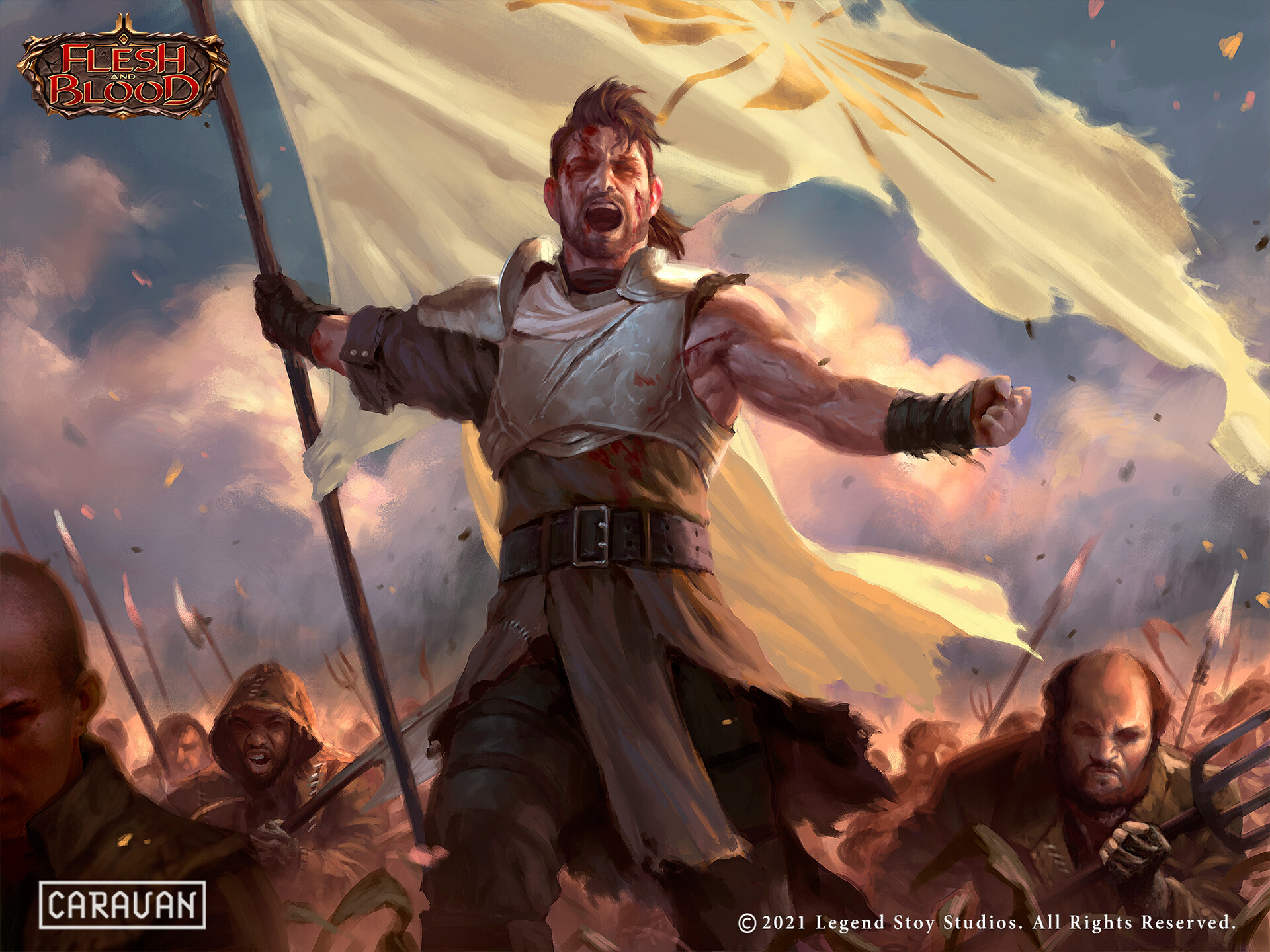History
late 1 BD through 92 AD
The large draconic infantry, stationed north of Siniador, dispersed following the truce, continuing to wreak havoc on the region for several more years. The dragonborn, now freed from their draconic masters, whose numbers had dwindled so much that they retreated into hiding, journeyed south, gathering in the Isolation Desert.
This newfound, relative peace allowed the humanoid tribes the opportunity to thrive and repopulate the land, marking the dawn of the modern age. With the end of the
Dragon Era, humans rose to prominence and began fighting against the remnants of the draconic infantry.
For three generations, humans barbarians and fighters united against troops of goblins, ogres, and other monstrous forces. Over the years, humans drove these monsters out of Siniador, while the elves began returning to the Material Plane.
The war
Rightful rulers
92 BD through 93 AD
Victorious against the monsters that plagued Siniador, the human armies saw themselves as the rightful rulers of the land. The elves, who had recently returned, unjustly claimed lands they had supposedly saved from monsters, while the dragonborn to the south—spawn of the dragon armies—had no rightful claim to the region.
After years of fighting the monsters of Siniador, the tribal armies united under a common banner, led by Ulfar Tana. They began marching west toward the
Elven Forest. By the
Time the Kingdom -o Qwir realized the violence that inevitably followed the humans, it was already too late.
The elven kingdom sent scouts and prepared ambushes, using the dense forest to their advantage. The first battle erupted in an ancient elven village, a ruin from the Age of Dragons. Here, the elves harnessed their knowledge of the terrain and their ancestral magic, securing a decisive victory.
However, the next battlefield lay along a powerful ley line, its magical energies attracting both armies. Here, the humans unveiled advanced magical spells, disrupting the elves' arcane defenses and securing a hard-fought victory. This crucial triumph allowed the humans to push deeper into the woods, shaking the morale of the elven defenders.
With this momentum, human raiding units infiltrated the forest, flanking the elven ambushers and allowing the bulk of the human infantry to swiftly penetrate the woods. They burned every part of the forest they passed through, leaving scorched earth behind to prevent any future ambushes or flanking maneuvers.
The human forces pressed on, driving deeper into the heart of the forest. The final battle before reaching Megima took place near sacred springs, revered by the elves as holy sites blessed by their gods. Despite a valiant defense, the elves were overwhelmed by the relentless human advance. In a ruthless display of conquest, the humans destroyed the sacred springs after the battle, shattering the spiritual bond the elves held with their land.
Siege of Megima
93 BD through early 95 AD
In less than a year, the human army managed to reach Megima, laying siege to the city and starving the elves. It took only 18 months for the elves to surrender, and the humans celebrated their first victory.
Desertic battles
early 95 BD through 96 AD
Unsatisfied with their victory, the human army split, with part of the forces securing the elven kingdom while the other part traveled south to face the dragonborn, who had claimed the
Desolation Desert. The conditions were far less ideal for the northlanders, who made up the majority of the human forces.
The dragonborn breathking, who had claimed a title similar to the one he once held when his people served the dragon armies, knew the human forces were not to be underestimated. The dragonborn used the environment to their advantage, fighting in the scorching desert and attacking supply routes for food and water to the human army.
Yet, month after month, the humans pushed forward, encroaching on the
Kingdom Reza Flames' territories and killing countless dragonborn. Unwilling to sacrifice more of his people, the breathking struck a deal with the empire. The Kingdom of Reza Flames would surrender, becoming a vassal of the human empire, but it would retain a degree of political independence, and the security of the dragonborn would be assured throughout the entirety of the human empire.
The humans, fearing a prolonged war in the south and that the elves might use this opportunity to rebel in the north, agreed.
Aftermath
96 BD through 100 AD
The Kingdom -o Qwir and the Kingdom of Reza Flames became vassals of the newly founded empire:
Tana's Empire. As agreed, the dragonborn received a degree of freedom within their lands. Siniador was now entirely under the dominion of the empire.
However, numerous internal conflicts arose, as many humans rejected Ulfar Tana's reign and instead supported other warlords as their leaders. Ulfar ruled the newly created empire with an iron fist, becoming almost tyrannical in his leadership and silencing any opposition. Despite this, the empire flourished under his rule. However, Ulfar had to suppress numerous attempts by
Elven Rebels who sought to liberate their kingdom. His strong and uncompromising rule was a necessary evil to maintain the stability and prosperity of Tana's Empire.




Comments